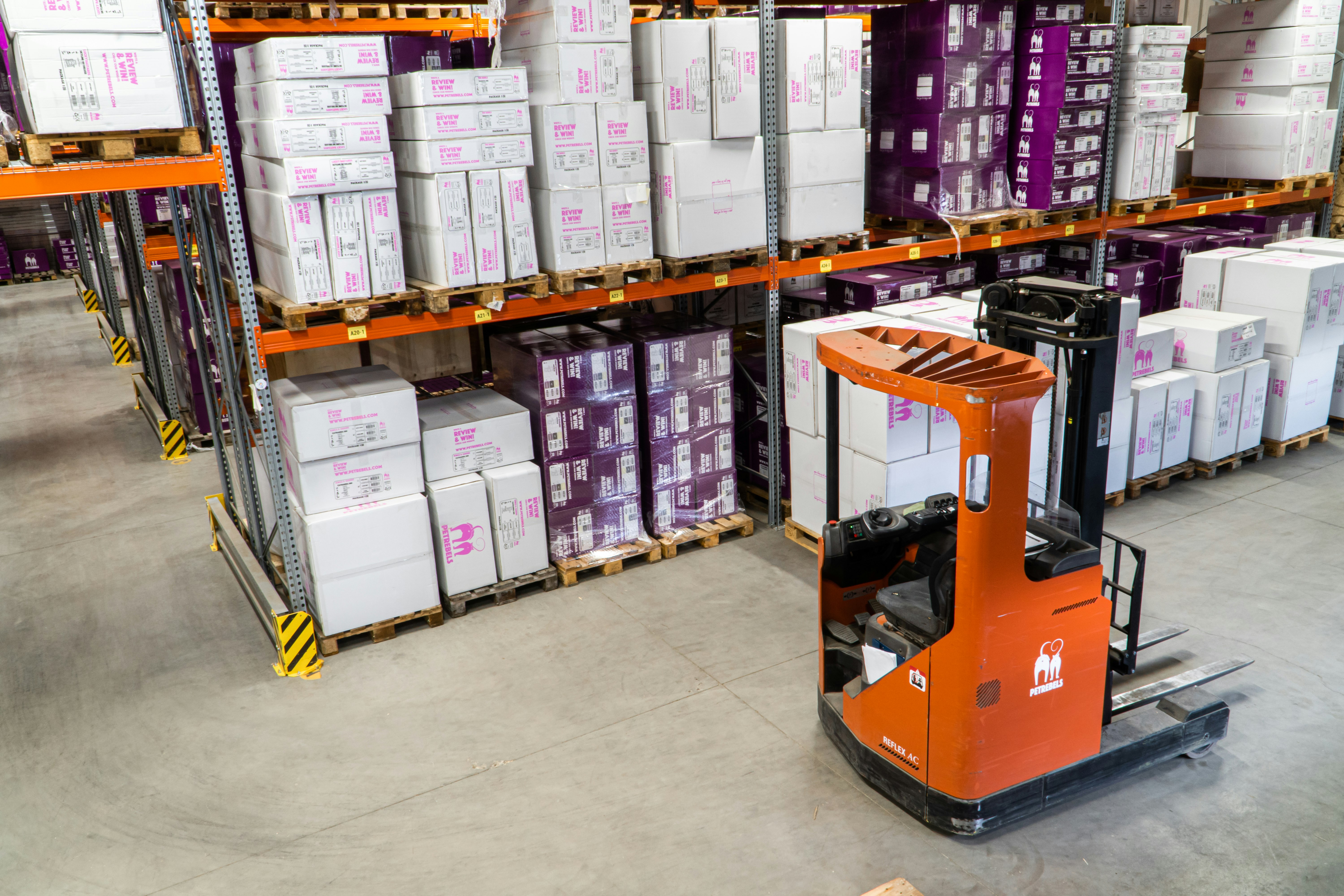Importance of risk mitigation and contingency planning in supply chain logistics
Supply chain logistics is a complex and interconnected process involving moving goods and resources across various stages and locations. With the dynamic nature of such a dynamic environment, it is important to establish robust risk mitigation and contingency planning strategies to ensure uninterrupted operations and resilience.
This is because supply chain logistics is the unpredictable nature of external factors such as natural disasters, political instability, economic fluctuations, or technological failures that can disrupt the smooth flow of operations. Lack of proper planning may result in disruptions that can lead to delays, increased costs, and even a complete breakdown of the supply chain.
With the implementation of risk mitigation and contingency planning strategies, organizations can proactively identify potential risks and develop appropriate measures to mitigate their impact. These strategies help create a more resilient supply chain that can efficiently adapt to unforeseen circumstances and minimize the negative consequences.
Furthermore, risk mitigation and contingency planning help maintain customer satisfaction by ensuring that goods and services are delivered on time and in the desired condition. This, in turn, enhances the organization's reputation and builds customer loyalty.
II. Identifying Potential Risks
Common risks in supply chain logistics
Various risks can greatly influence the smooth flow of operations in the supply chain. These risks include supplier disruptions, transportation disruptions, demand volatility regulatory and compliance issues, economic downturns and natural disasters
Supply chain managers must identify these risks and develop effective mitigation strategies. Some strategies include diversifying suppliers and transportation methods, implementing supply chain visibility technologies, establishing strong relationships with key stakeholders, and using data analytics to identify patterns and potential risks.
Supply chain firms can identify potential risks by conducting a comprehensive risk assessment, monitoring supplier evaluation, analyzing historical data, performing collaborative risk identification and continuous monitoring.
III. Risk Mitigation Strategies
After identifying the risks, supply chain firms must find the right mitigation strategies. Some of the strategies include:
- Diversification of suppliers and transportation methods
Relying on a single supplier or transportation mode makes businesses vulnerable to disruptions such as natural disasters, labour strikes, or capacity constraints. However, this problem can be minimized by diversifying sources to ensure that there are alternative options in case one supplier or transportation method is affected. This may include working with multiple suppliers in different geographical locations or using various modes of transportation, such as trucking, rail, air, or sea. Diversification has many advantages that include increased resilience, providing flexibility and adaptability, cost efficiency and improved customer satisfaction: With a reduced risk of delays or product shortages, businesses can ensure timely deliveries and customer satisfaction.
- Implementing supply chain visibility technologies
Supply chain visibility technologies are important in mitigating risks and ensuring uninterrupted operations in logistics. With these technologies, real-time tracking and monitoring of inventory, shipments, and transportation are provided, allowing businesses to have complete visibility across the entire supply chain. Furthermore, these technologies allow companies to identify potential bottlenecks, delays, and disruptions early, enabling them to take proactive measures to mitigate risks and prevent major disruptions.
With digital solutions and investment in supply chain visibility technologies, businesses can significantly improve their risk mitigation strategies and enhance the overall resilience of their supply chain logistics.
- Establishing strong relationships with key stakeholders
Cultivating strong relationships with suppliers, distributors, and other partners allows companies to anticipate better and address potential risks. Some strategies for establishing strong relationships with key stakeholders include maintaining open lines of communication, enhancing collaboration, ensuring accountability by defining roles and engaging in relationship-building activities.
Building strong relationships with key stakeholders allows companies to enhance their ability to proactively identify and address risks in the supply chain, leading to more resilient and uninterrupted operations.
V. Data Analysis and Monitoring
Using data analytics to identify trends and potential risks
Analyzing large volumes of data can ensure businesses identify trends and patterns indicating potential risks in their operations. Data can be collected from various sources that include historical purchase and delivery data, social media platforms, and customer feedback. With advanced analytics techniques such as predictive modelling and machine learning algorithms, businesses can identify potential risks and forecast their impact on the supply chain. This enables them to take proactive measures to mitigate risks and develop contingency plans to ensure uninterrupted operations. Some key benefits of using data analytics for risk identification in supply chain logistics include early detection of emerging risks, improved decision-making, real-time monitoring and continuous improvement.
With the analysis of historical data, businesses can identify areas of improvement and implement strategies to enhance their overall supply chain resilience.




















